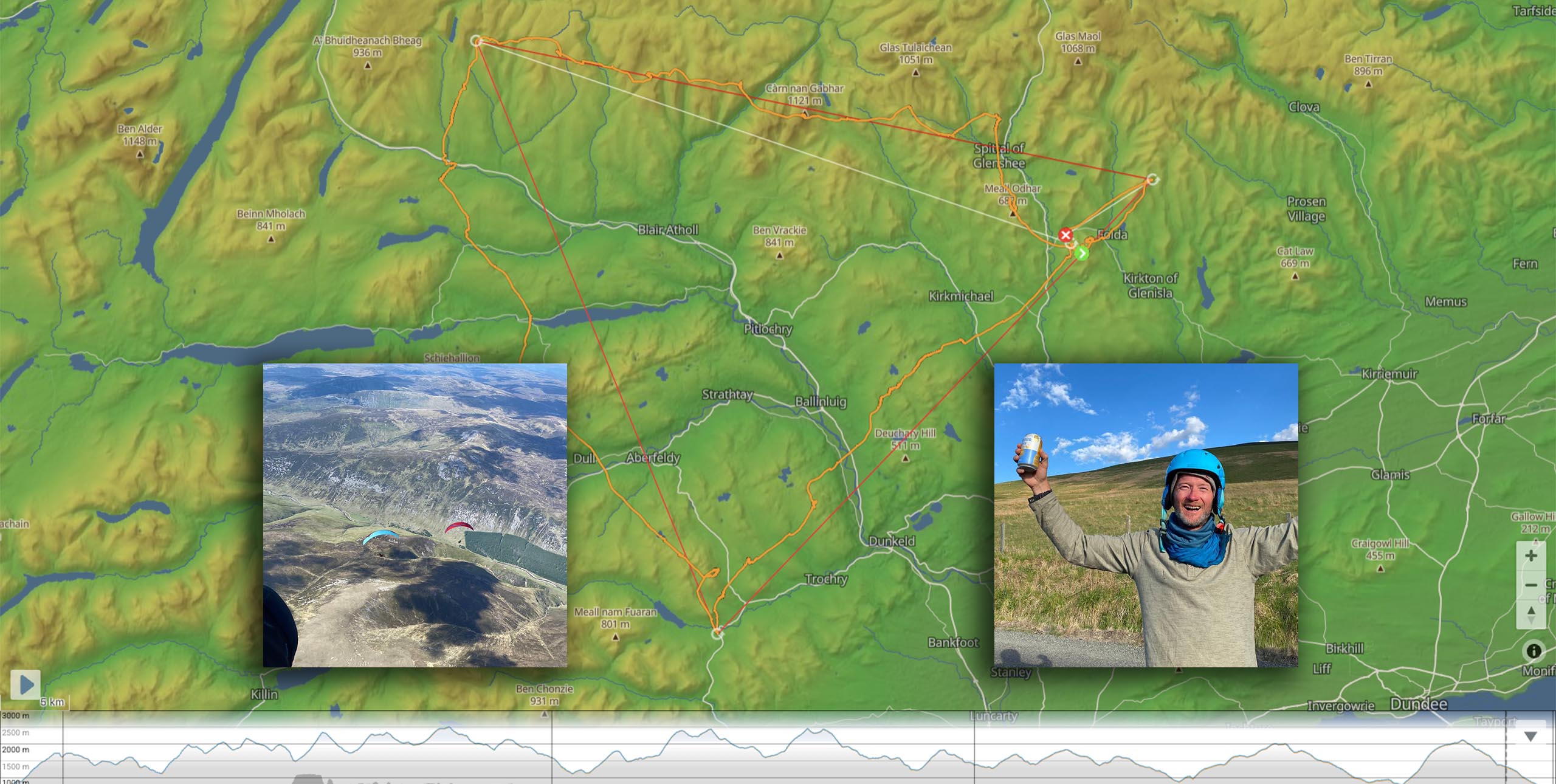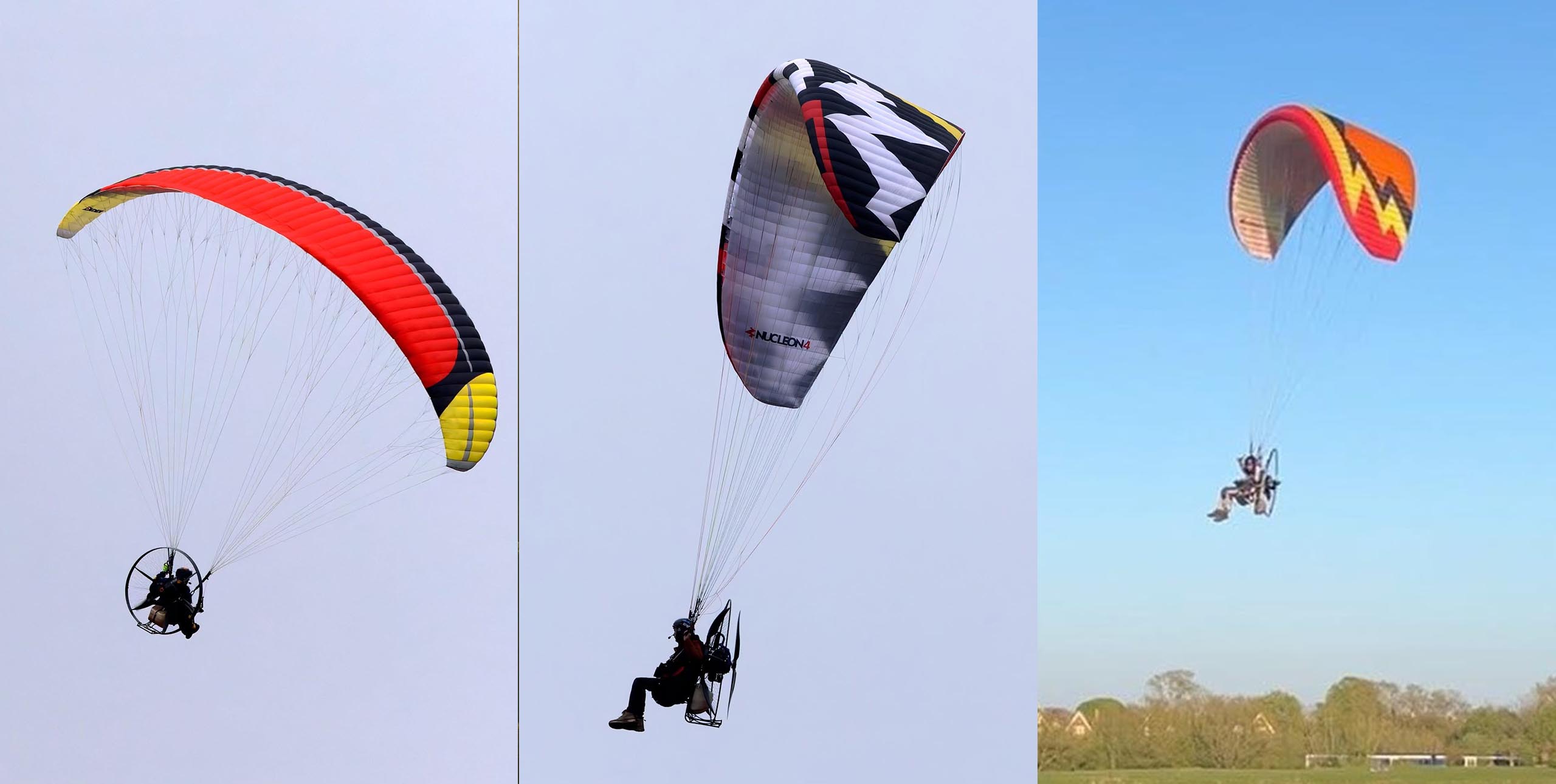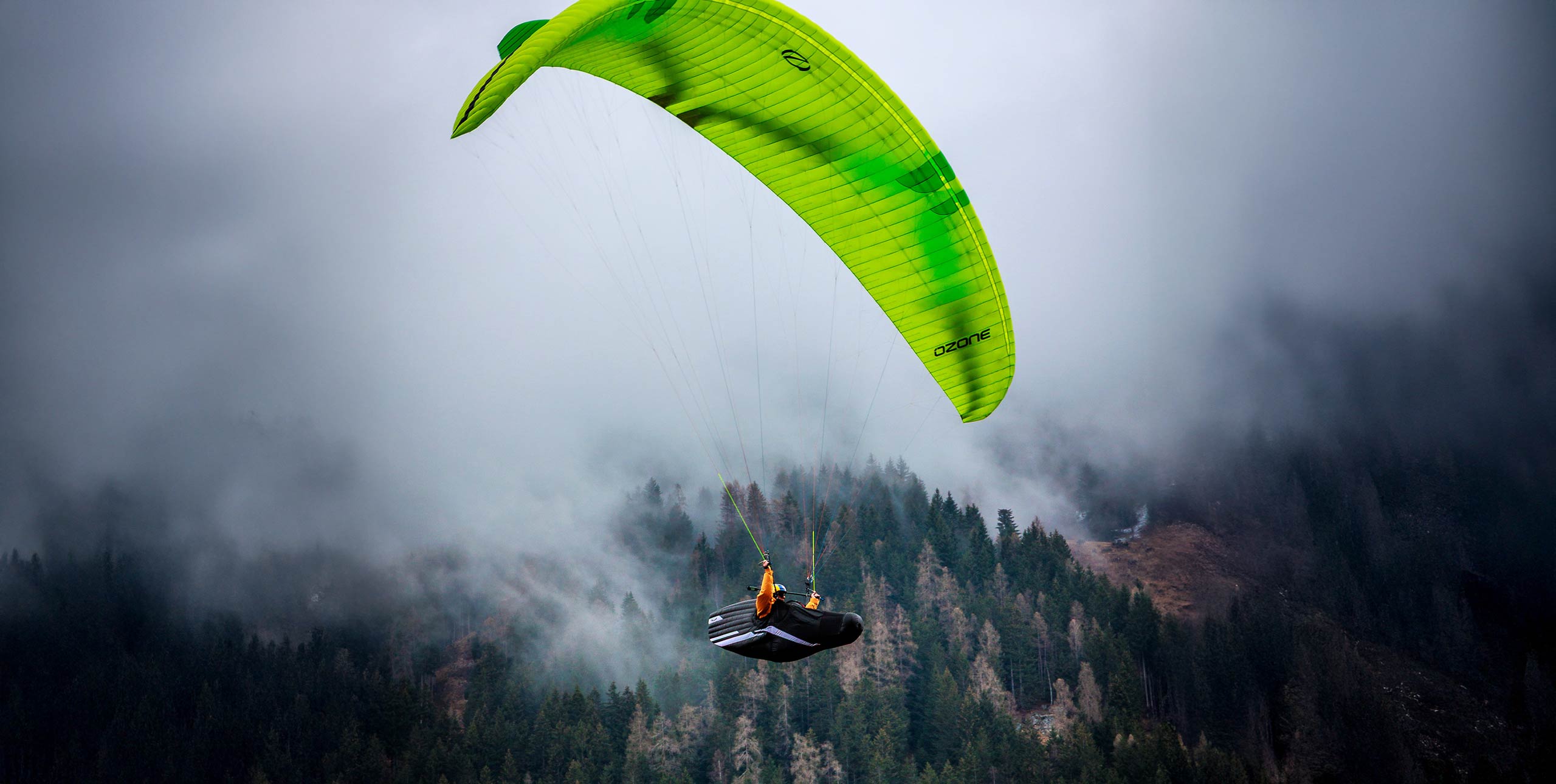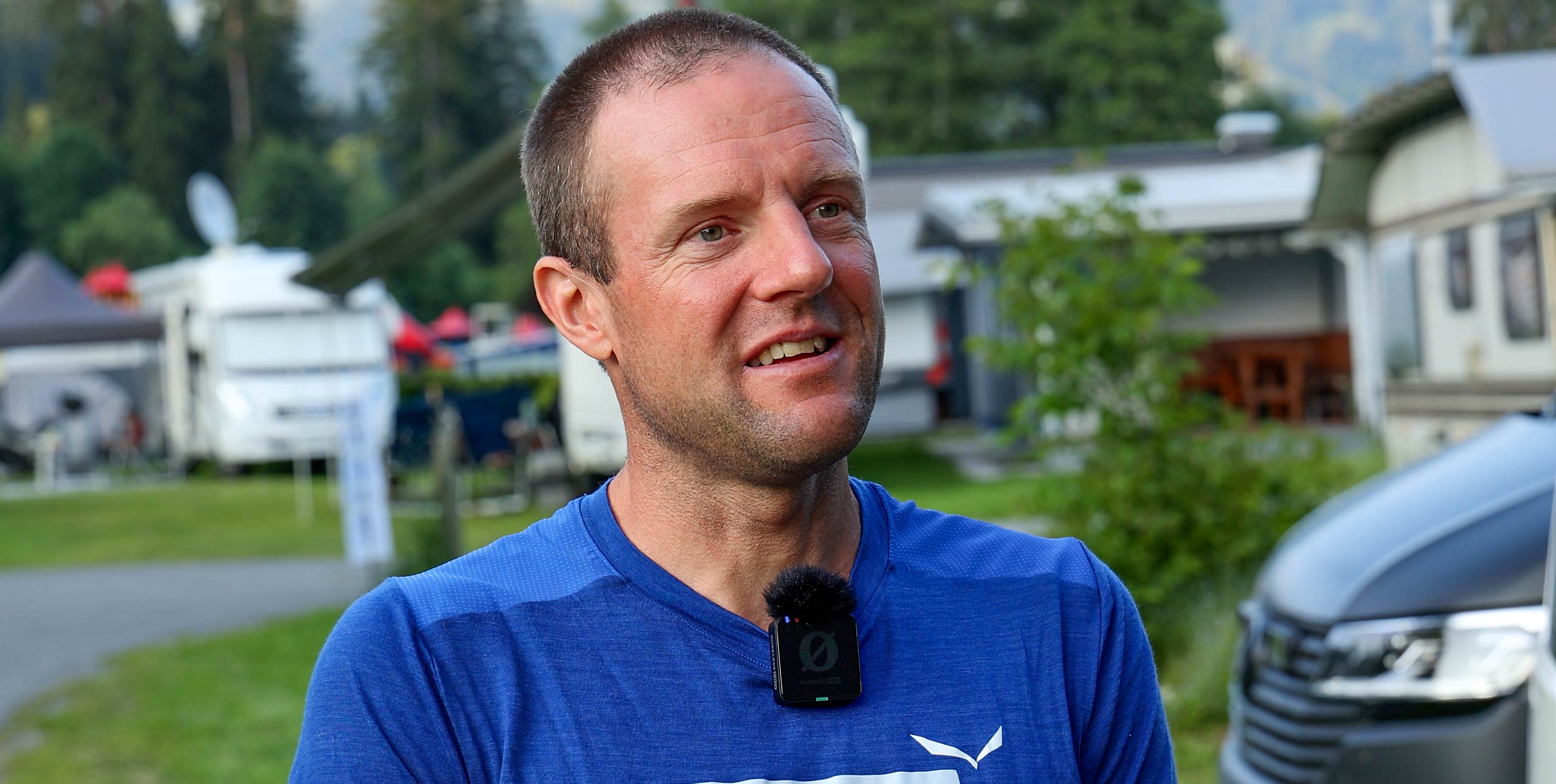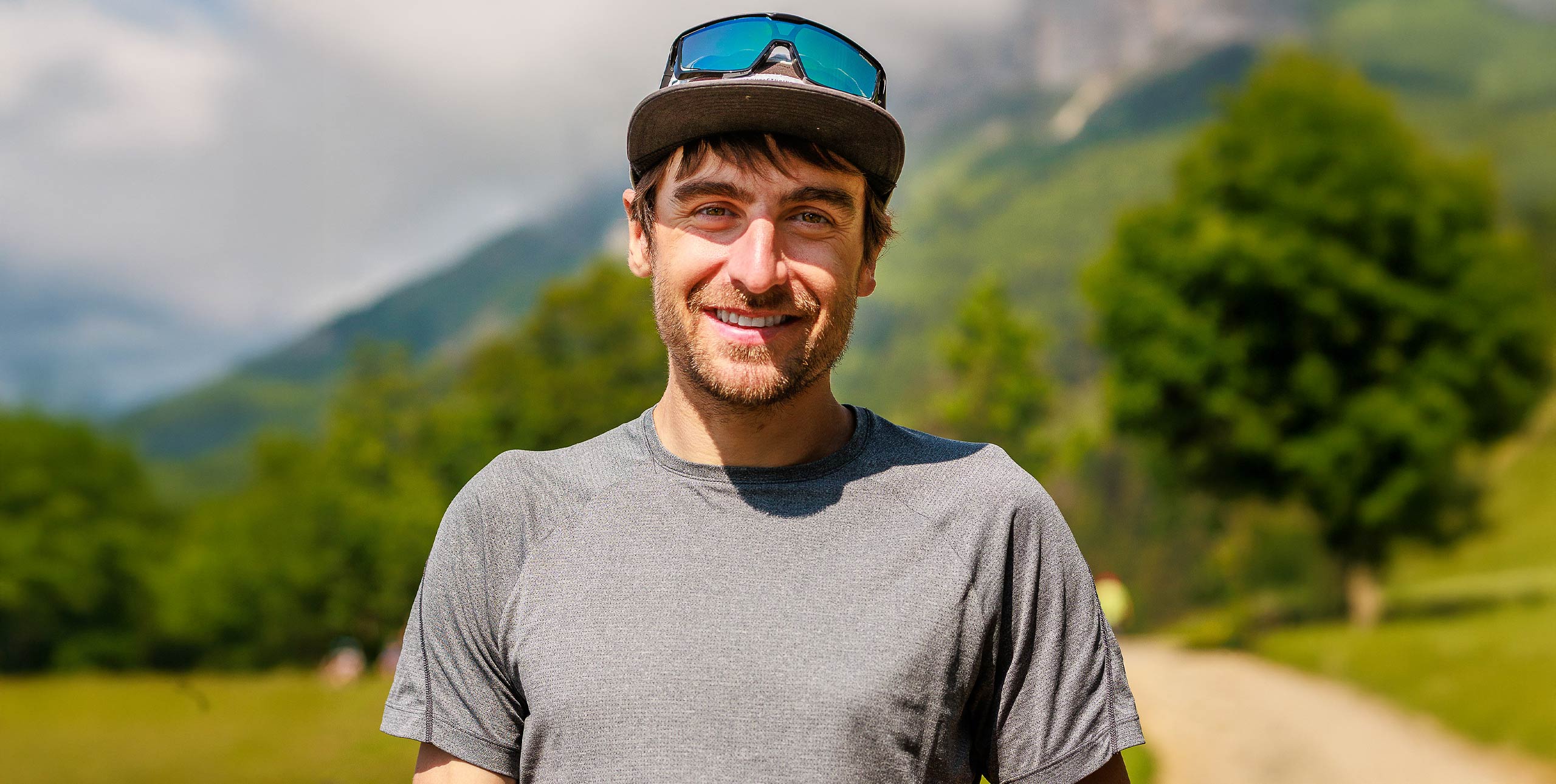
It’s a question pilots can face – how to react in the immediate aftermath of an accident. A video filmed and published earlier this month by the safety officer of Wessex HGPG in the UK is gaining traction as a textbook example of what club pilots should do in the UK.
“I put out videos once a month and sometimes they get 50 views, 500 if I’m lucky,” says Robin Wallace. “There’s clearly a bit more interest in it which is good – I wanted to put it out because there are some good points to it.”
The video is unique for capturing the incident itself – a collapse on landing – as well as the immediate aftermath and rescue in a way that pilots can watch, make notes and not wince.
The incident happened at Bell Hill, Dorset on 12 August. Wallace is not only filmer, he helps to co-ordinate the rescue, getting pilots down to attend the casualty, calling emergency services and clearing the skies for the rescue helicopter.
The big lesson, he says, is how important radios can be in a situation like this. “On this occasion it was fantastic having four people in the air with radios. You can hear the communications between us in the air saying, ‘okay, somebody’s down, somebody needs our help. Can you see them? Are they moving?’ And then even better than that was the injured pilot on the ground was on a radio, he could hear us and could say, ‘I’m conscious but I’m hurting’.”
He adds that while the legality of 2m radios in the UK is borderline, there’s never been a prosecution. “I’ve been safety officer for the Wessex Club for about six years now. We have a club frequency and just encourage people to put on that frequency. Communication is really important when there’s an incident.”
The other key lesson was using What3Words to summon the emergency services. “It’s very convenient for paragliders and the emergency services in our part of the country are happy to use it. And it’s more reliable than using lat longs.”
He also said being first aid trained was helpful, knowing to keep the pilot still while they waited for paramedics. He added that the pilot is recovering well and gave his consent for the video to be shared.
Wallace uses a helmet-mounted GoPro to film, but attaches it with Velcro so it can easily be ripped off in case a line gets caught.


